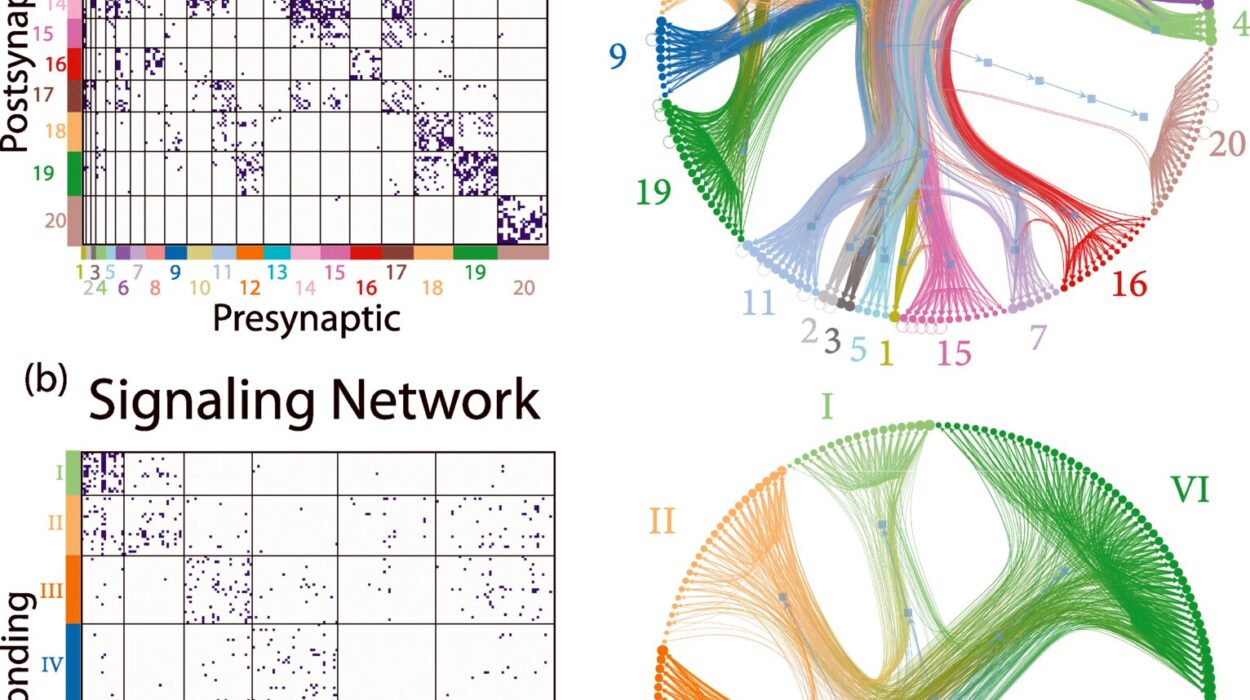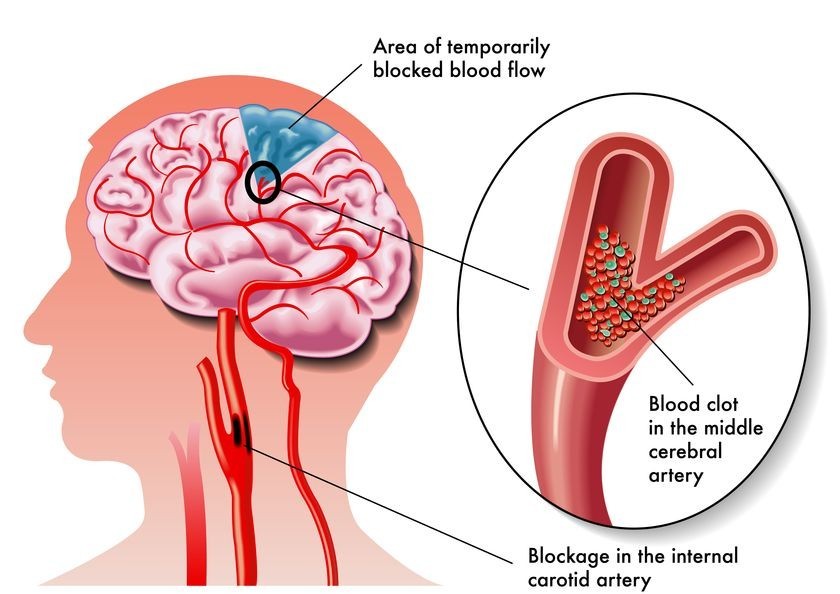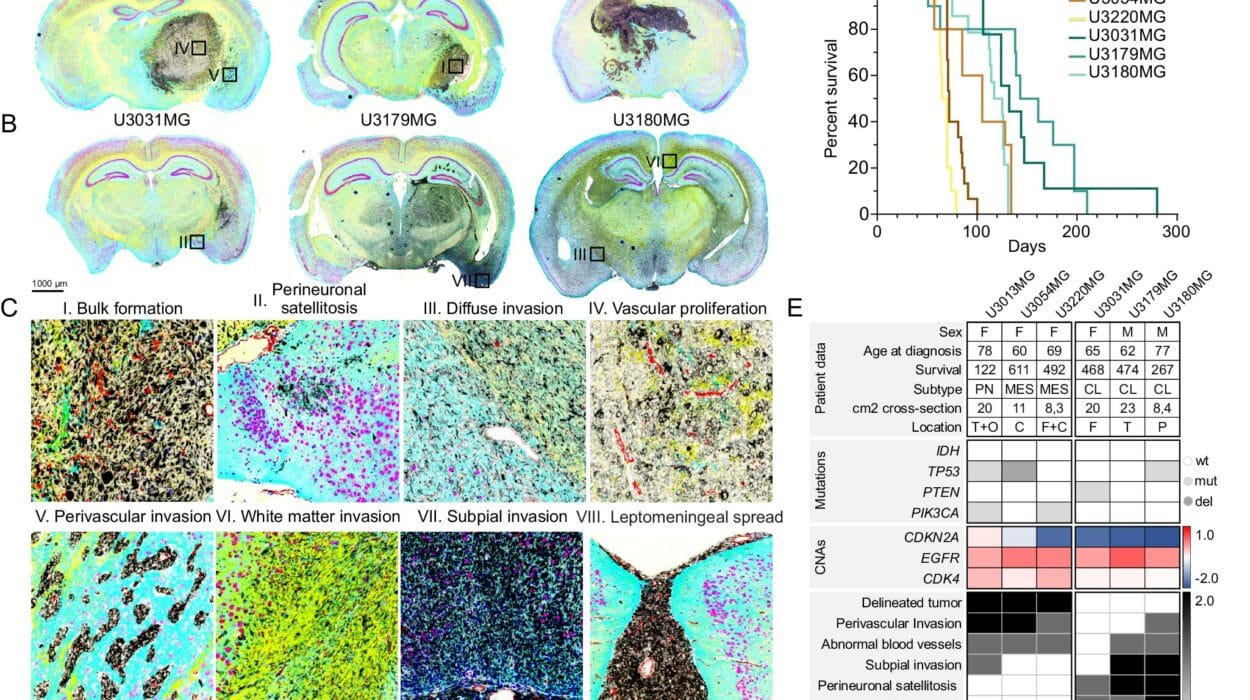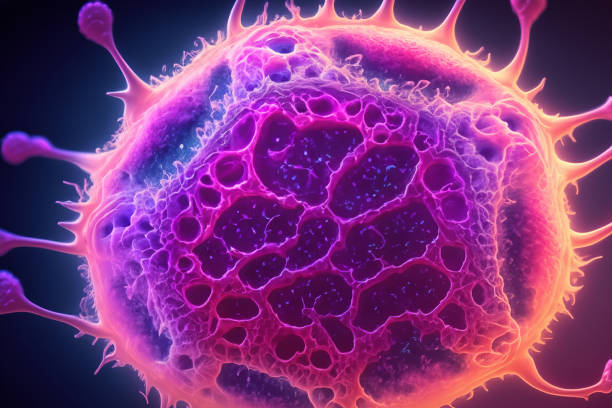In the symphony of the human brain, every note matters. Each signal, each connection, each spark of activity plays a role in how we think, remember, and move. For decades, neuroscientists believed that individual neurons followed a single rule for learning—like a lone musician playing a predictable tune. But a groundbreaking new study suggests these cells are far more like multi-instrumentalists, improvising with surprising complexity.
Published in the journal Science, the study from the University of California San Diego reveals that single neurons may follow more than one learning rule simultaneously—depending on which part of the neuron is involved. Specifically, the study found that the upper and lower branches of neurons in the brain’s motor cortex adapt in entirely different ways during learning.
The finding challenges one of the fundamental assumptions in neuroscience and could revolutionize how we think about the brain’s ability to learn—and how we build artificial intelligence to mimic that ability.
A Tale of Two Branches
At the heart of the study is the concept of synaptic plasticity—the ability of the brain to change the strength of the connections (or synapses) between neurons based on experience. It’s a basic principle of how we learn new skills, form memories, and even recover from injury.
But there’s a puzzle: how does the brain decide which of its billions of synapses to strengthen or weaken in response to a specific event? This mystery is known as the credit assignment problem, and it’s been one of neuroscience’s most enduring questions.
To get closer to the answer, researchers led by William (Jake) Wright, a postdoctoral fellow in Takaki Komiyama’s lab, turned to mice. In the experiment, mice were trained to perform a motor task—pressing a lever in response to a sound to earn a water reward. Over two weeks of practice, the mice got better and faster, indicating that their brains were indeed learning.
But the real breakthrough came not from the behavior, but from what was happening inside the mice’s brains.
Using high-resolution imaging techniques, the team observed the very synapses of individual neurons lighting up and changing. They focused on a specific kind of brain cell called a layer 2/3 pyramidal neuron—an important player in the brain’s motor control network. And they watched how the synapses on different branches of these neurons changed during learning.
The neuron’s apical dendrites—branches that reach toward the outer layers of the brain—seemed to use a strategy based on group activity. When several neighboring synapses were active at the same time, they all grew stronger together. This kind of clustering could help the brain group related information, like associating the sound of a bell with the movement of a lever.
Meanwhile, the basal dendrites—branches closer to the cell body—followed a more classic learning rule. Their synapses strengthened when the input (a signal from another neuron) coincided with the neuron’s own output—a spike of electrical activity known as an action potential. This pattern is known as Hebbian learning: “cells that fire together, wire together.”
In essence, the same neuron was doing two different kinds of learning at once—one based on who else is active nearby, and one based on whether the neuron itself gets excited enough to fire.
The Flexible Brain
To test how important the neuron’s own output was for learning, the researchers suppressed the neurons’ ability to fire. The result was dramatic: synapses in the basal dendrites stopped changing. But those in the apical dendrites kept adapting, showing that they didn’t need the neuron’s output signal to learn.
This dual mechanism surprised even the scientists conducting the research.
“We found that individual neurons utilize different synaptic plasticity rules across different sets of synapses depending on where those synapses are located on the neuron,” Wright explained. “This finding challenges the traditional view of synaptic plasticity, which often assumes plasticity rules are uniform and singular within a neuron.”
The implications go far beyond mice pressing levers.
These findings suggest that neurons have built-in flexibility, allowing them to adapt to different kinds of learning experiences. One part of the neuron may specialize in detecting patterns across multiple inputs, while another part is tuned to learn from the consequences of actions.
This kind of built-in versatility may help explain how our brains can be so efficient at learning multiple things at once—from motor skills to abstract reasoning—without needing separate systems for each.
Echoes in Artificial Intelligence
In a world increasingly fascinated by AI, the biological brain remains its greatest inspiration. But most artificial neural networks—the backbone of machine learning—use a single learning rule across the entire system. This study suggests that biological neurons might be doing something far more sophisticated: using multiple learning rules in tandem.
If future AI systems can mimic this multi-strategy approach, they might become more flexible, adaptive, and efficient.
“Using multiple learning rules in tandem this way may allow neurons to perform distinct computations in parallel and grant them much greater computational capacity than typically thought,” Wright said.
In other words, nature may have solved some of the very problems that computer scientists are only beginning to explore.
A Clockwork Brain—With a Twist
Timing, too, played a role. Most of the synaptic changes occurred in the early days of the mice’s training, highlighting what researchers call a “sensitive window”—a critical period when the brain is especially receptive to learning. This may help explain why habits, skills, and even traumas often take root more deeply early in life or during the initial stages of an experience.
Interestingly, the neurons that underwent the most synaptic changes were the ones that later showed more involvement in controlling the mouse’s movements. The structural changes translated into real behavioral outcomes, linking the cellular and behavioral levels of learning.
And spatial organization mattered too. The strengthening synapses on the apical dendrites were physically close to each other, suggesting that these branches are clustering related information in a spatially organized way—like neighbors building stronger bonds by working together. The basal dendrites, on the other hand, seemed to act more independently.
Big Questions, Tiny Connections
While the study offers compelling insights, it also leaves open a raft of new questions. Does this dual learning strategy exist in other brain regions? What about in humans? And why, exactly, has evolution favored this compartmentalized approach to learning?
Perhaps most intriguingly, it raises questions about what makes learning go wrong.
Many neurological and psychiatric disorders—from depression to PTSD—are thought to involve disruptions in how the brain learns from experience. Understanding the mechanisms at play inside a single neuron could one day help researchers design better therapies to restore or recalibrate faulty learning processes.
“The ability of our brains to adapt and learn from experience is fundamental,” Wright said. “At the same time, some experiences can cause our brains to change in negative ways. So understanding how our brains are able to adapt is not only critical to understand learning in general, but also has clinical implications.”
The Neuron’s Secret Symphony
What emerges from this study is a vision of the brain that is both elegant and complex. Far from following a single rulebook, even a single neuron can play multiple tunes—adjusting its connections in one way up high, and another way down below.
It’s a discovery that reshapes how we think about thinking, offering a deeper appreciation of the living circuits inside us. And it reminds us that even the smallest units of the brain—one cell among billions—contain a world of intelligence, flexibility, and subtlety.
From the click of a lever to the architecture of thought itself, the brain continues to surprise us. With each new insight, we get closer to answering not just how we learn, but who we are.






